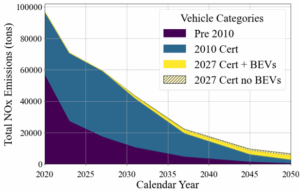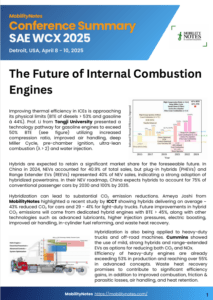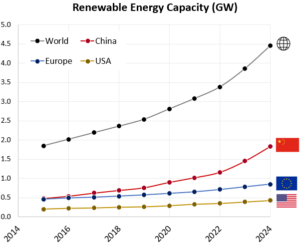Regulations
Summary of the near-final Euro 7 Regulation for passenger cars and heavy-duty vehicles
Minimal changes to LD limits, particles down to 10nm, limits for tires and battery state-of-health
We have covered the unfolding of Euro 7 emission standards for light- and heavy-duty vehicles in several past articles.
There seems to be light at the end of the Euro 7 tunnel: after several rounds of negotiations between the EU Commission, Council and Parliament, a near-final regulation has been published.
Here is a brief summary. If you need more details or have questions, please get in touch. Please understand that regulations are complex and need interpretation – this article will be updated based on further reading and any feedback.
Sign up here to receive such summaries and a monthly newsletter highlighting the latest developments in transport decarbonization
5-Min Monthly
Sign-up to receive newsletter via email
Thank you!
You have successfully joined our subscriber list.
Recent Posts

NOx emissions inventories – Role of improved HD ICE technologies
![]()
A new in-use emissions study on heavy-duty vehicles shows that both conventional diesel and alternative fuel vehicles certified to the 0.02 g/bhp-h standard can meet future EPA NOx limits even in day-to-day operation.

Conference Summary – SAE WCX 2025
![]()
A summary of the “SAE WCX 2025” conference held in Detroit.

IRENA Renewable Energy Capacity Statistics 2025
![]()
According to the latest report from IRENA, 2024 saw the largest increase in renewable capacity, accounting for 92.5% of overall power additions.

